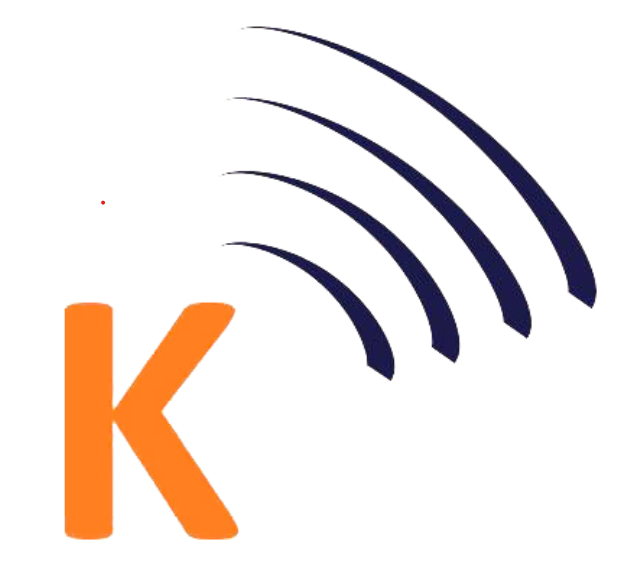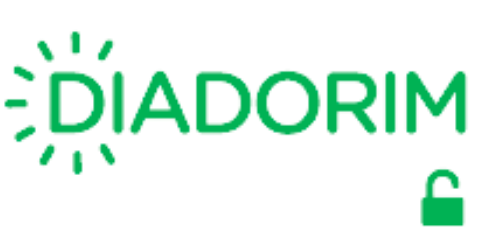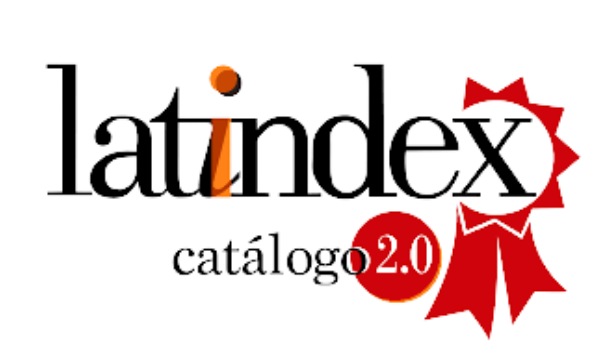Communication of Innovation and Turnover: Scale proposal for Brazilian Listed Companies
DOI:
https://doi.org/10.5965/2764747113242024001Keywords:
innovation, communication, scale, turnover, correlationAbstract
Innovation is a competitive advantage for companies in market disputes, especially regarding the engagement of consumers and other stakeholders. The capabilities of management and communication of innovation can decisively support the perception of a company’s market value, especially those listed on the stock exchange, whose share price fluctuates daily. This research aims to verify whether there is a correlation between communication about information and the turnover of companies listed on the Brazilian stock exchange (B3). The measurement consisted of elaborating and validating on a ordinal scale on the phenomenon of communication about innovation. For the construction of the scale, indicators that emerged from the literature on the subject were used, especially from ISO 56002 and the Global Innovation Index (GII). Oslo Manual guidelines were used for data collection, as well as for defining the sample and communication channels for prospecting. Thus, the procedures for construction and validation of the communication scale on innovation and the analysis of the results of the pre-test of correlation against the turnover of the companies in the sample are presented.
Downloads
References
Alegre, J., Lapiedra, R., & Chiva, R. (2006). A measurement scale for product innovation performance. European Journal of Innovation Management, 9(4), 333-346.
Barboza, B. M. L. (2021). Sistema de gestão da inovação – ISO 56002: Proposta de framework que evidencia o processo de transferência de tecnologia. UTPR. Ponta Grossa/PR, Brasil.
Barney, J. B. (1991). Firm resources and sustained competitive advantage. Journal of Management, 17(1), 99-120.
Breznik, L., & Hisrich, R. D. (2014). Dynamic capabilities vs. innovation capability: Are they related? Journal of Small Business and Enterprise Development, 21(3), 368-384. https://doi.org/10.1108/JSBED-02-2014-0018
Cavalcante, G. S. M. (2021). Desenvolvimento e cultura de inovação nas micro e pequenas empresas – MPE’s a partir dos princípios norteadores da ISO 56002. PROFNIT/UnB. Brasília, Brasil.
Chang, L. C. (2003). An examination of cross-cultural negotiation: Using Hofstede framework. Journal of American Academy of Business, 2(2), 567-571.
D’Amário, E. Q. (2018). Inovação social: Uma proposta de escala para a sua mensuração (Tese de Doutorado). Universidade de São Paulo.
Deegan, C., Rankin, M., & Tobin, J. (2002). An examination of the corporate social and environmental disclosures of BHP from 1983-1997: A test of legitimacy theory. Accounting, Auditing & Accountability Journal, 15(3), 312-343.
DeVellis, R. F. (2012). Scale development: Theory and applications (3ª ed.). Sage Publication.
Donaldson, T., & Preston, L. (1995). The stakeholder theory of the corporation: Concepts, evidence and implications. Academy of Management Review, 20(1), 85-91.
Dutra, F., & Almeida, F. (2018). Elementos para estímulo da cultura de inovação: Mapeamento das diretrizes adotadas por empresas de destaque brasileiras. Revista Brasileira de Gestão e Inovação – Brazilian Journal of Management & Innovation, 5(3), Maio/Agosto.
Feng, G., & Li, J. Q. (2003). Disclosure of innovation activities by high-technology firms. Asia-Pacific Journal of Accounting & Economics, 10(2), 143-172.
Freeman, R. E. (2010). Strategic management: A stakeholder approach. Cambridge, UK.
Financiadora de Estudos e Projetos – FINEP. (2004). Manual de Oslo: Proposta de diretrizes para coleta e interpretação de dados sobre inovação tecnológica. Copyright OCDE, 1997.
Garcia, R., & Calantone, R. (2002). A critical look at technological innovation typology and innovativeness terminology: A literature review. Journal of Product Innovation Management, 19(2), 110-132.
Gray, R., Owen, D., & Adams, C. (1996). Accounting & accountability: Changes and challenges in corporate social and environmental reporting. Prentice Hall Europe.
Hair, J., et al. (2005). Fundamentos de métodos de pesquisa em administração. Bookman Companhia Ed.
Hannachi, Y. (2015). Development and validation of a measure for product innovation performance: The PIP scale. Journal of Business Studies Quarterly, 6. Yvelines, France.
Helfat, C. E., & Peteraf, M. A. (2009). Understanding dynamic capabilities: Progress along a developmental path. Strategic Organization, 7(1), 91-102.
Hinkin, T. R. (1998). A brief tutorial on the development of measures for use in survey questionnaires. Organizational Research Methods, 1(1), 104-121.
Hyland, J., & Karlsson, M. (2021). Towards a management system standard for innovation. Journal of Innovation Management, 9(1), XI-XIX.
Idris, M.-C., & Durmusoglu, A. (2021). Innovation management systems and standards: A systematic literature review and guidance for future research. Sustainability, 13(8151). https://doi.org/10.3390/su13158151
Julienti, L., Bakar, A., & Ahmad, H. (2010). Assessing the relationship between firm resources and product innovation performance. Business Process Management Journal, 16(3), 420-435.
Lopes, I. T. (2014). Performance and innovation insights: Empirical evidence from Portuguese and Spanish listed companies. Belfast, Ireland.
Luce, R. D. (1986). Uniqueness and homogeneity of ordered relational structures. Journal of Mathematical Psychology, 30(4), 391-415.
Morel, L., & Claire, J. (2021). Innovation management: A new serious game aligned with ISO 56002:2019 - Innovation management system. 23rd International Conference on Engineering and Product Design Education. Herning, Denmark.
Manthey, N. B., Verdinelli, M. A., Rossetto, C. R., & Carvalho, C. E. (2016). Desempenho da inovação de produto: Teste de uma escala para aplicação em PME´s. Revista Ibero-Americana de Estratégia - RIAE, 15(4), Outubro/Dezembro.
NBRISO 56002:2020. (2020). Gestão da inovação – Fundamentos e vocabulário. ABNT. ISBN 978-85-07-08782-3.
Organisation for Economic Co-operation and Development (OECD). (2018). Manual de Oslo: Guidelines for collecting and interpreting innovation (4ª ed.).
Raiphea, Y. P. (2015). Variable: Classification, measurement and importance in social science research. Journal of Business Management & Social Sciences Research (JBM&SSR), 4(6), 2319-5614.
Ribeiro, A. M. (2009). Comunicação ambiental: Uma investigação transnacional dos reflexos de diferentes marcos regulatórios sobre as práticas de comunicação ambiental das empresas do setor de petróleo e gás natural (Tese de Doutorado). UFSC, Brasil.
Scozzi, B., Garavelli, C., & Crowston, K. (2005). Methods for modeling and supporting innovation processes in SMEs. European Journal of Innovation Management, 8(1), 120-137.
Schumpeter, J. A. (1982). Teoria do desenvolvimento econômico: Uma investigação sobre lucros, capital, crédito, juro e o ciclo econômico (M. S. Possas, Trad.). Abril Cultural.
Silva, S. B. (2021). Improving the firm innovation capacity through the adoption of standardized innovation management systems: A comparative analysis of the ISO 56002:2019 with the literature on firm innovation capacity. International Journal of Innovation - IJI. São Paulo.
World Intellectual Property Organization – WIPO. (2020). Global Innovation Index 2020.
World Intellectual Property Organization – WIPO. (2021). Global Innovation Index 2021.
Downloads
Published
How to Cite
Issue
Section
License
Copyright (c) 2023 Lucas da Silva Carvalho

This work is licensed under a Creative Commons Attribution 4.0 International License.
Brazilian Journal of Accounting and Management offers free and immediate access to its content, following the principle that providing scientifical knowledge in a free manner promotes a better world democratization of knowledge. Authors maintain copyright of articles and grant to the journal the rights of the first publication, according to the Creative Commons Attribution licensing criteria, which allows the work to be shared with initial publication and authorship recognition. These licenses allow others to distribute, remix, adapt, or create derived work, even if it is for commercial purposes, provided that the credit is given to the original creation.



















